Mobility can be an issue for those wanting to photograph certain places. I hear from people that they would love to do photography but sometimes they have mobility issues or cannot walk far. Here are five ideas for those who have mobility challenges.
Some years ago, I had knee surgery. “Overuse,” the surgeon had said. I had just gained momentum with my night photography. National Geographic Books, Westways Magazine, and others had just published some of my images. But for some time, I could barely walk. During this time, I developed some ideas that helped me continue to do night photography and other forms of photography. I thought I would share them with you.
National Parks offer many mobility solutions
One of the great things about our National Park system is that they try and make the outdoors accessible, as much as that is possible. Each National Park boasts countless beautiful vistas. And the nice thing is that much of it requires little or no walking. Typically, there are wheelchair-accessible walks as well. These are great even if you don’t require a wheelchair, as the walkways are broad and relatively flat.
From the side of the road or the parking lot, nature abounds. You can have some great wildlife opportunities too. As with the suggestions for photographing wildlife above, the key is to relax, be patient, not make quick sudden movements and have fun. Quite often, the wildlife will come up close enough for you to photograph. Whether it’s the National Parks, National Monuments, Bureau of Land Management land, National Forests, State Parks or other areas, much of it is quite accessible.
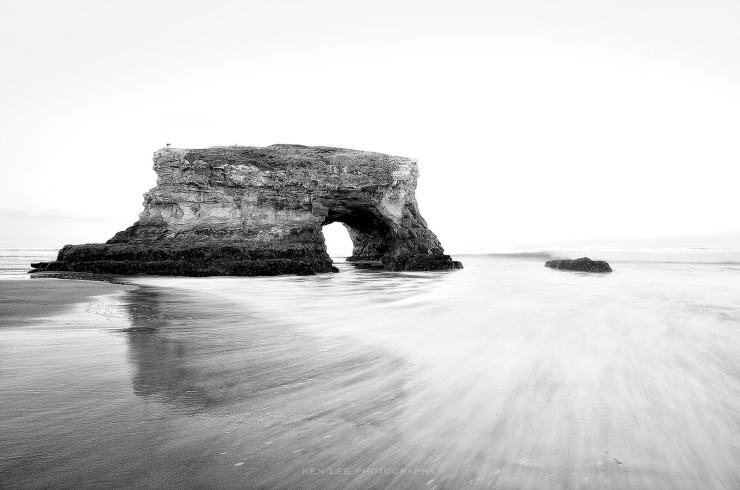
There can also be some beautiful opportunities just off the side of the road. Every state offers many scenic vistas that you can just pull over and see. For instance, most of the photos in my West Virginia article required very little walking.
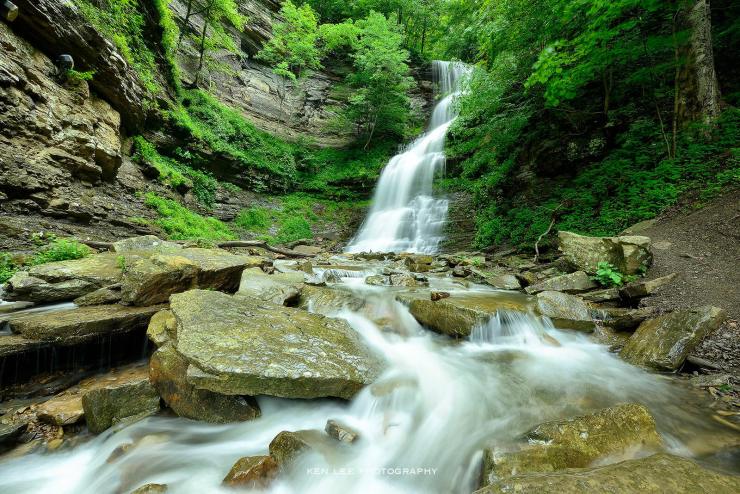
Night photography
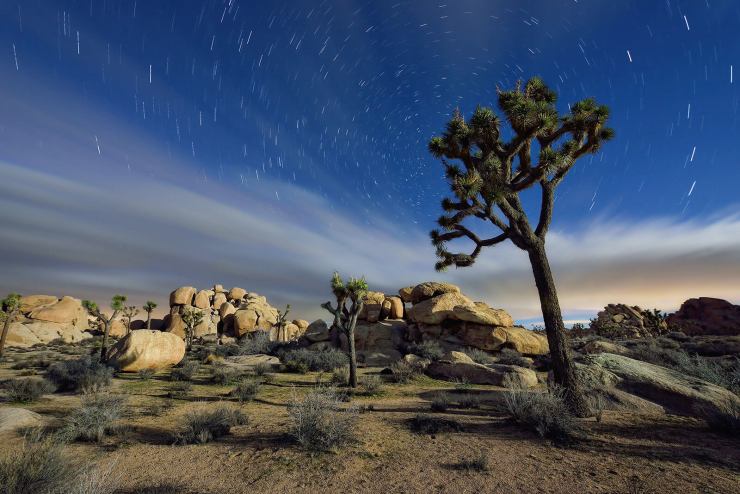
Of course, I am going to write about night photography. National Parks, Monuments, Bureau of Land Management land, and National Forests all provide ample opportunities for night photography. With places such as Joshua Tree National Park or National Forests, just simply staying in a parking lot or getting to the side of the road presents many awesome opportunities for you to create stunning night photos.
Wildlife photography
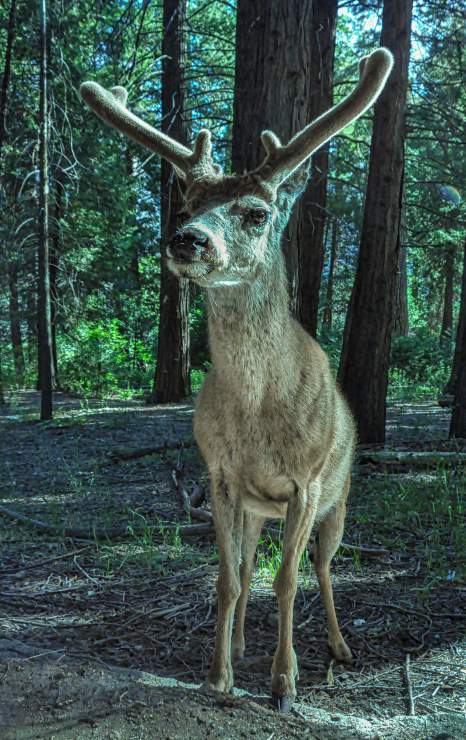
This seems like the very sort of photography that might be challenging if you have mobility issues. After all, the thought of traipsing through trails seems counterintuitive. But here are some ideas that I hope can help you.
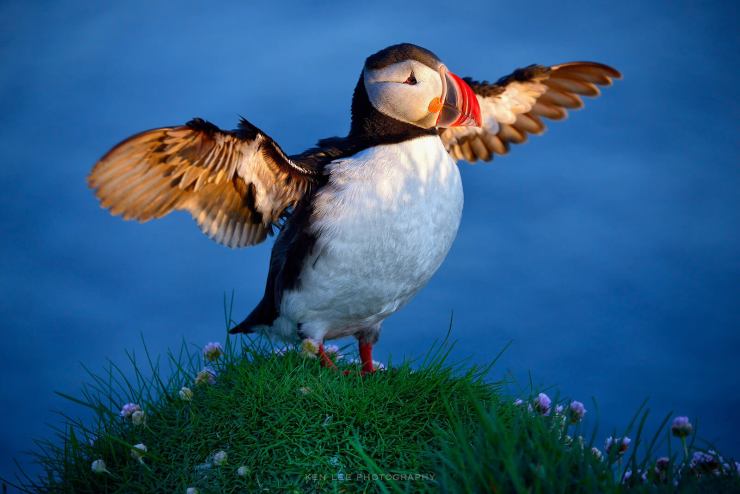
Bird feeder
If you have a house or apartment, you may be able to set up a bird feeder. Then, from a patio or even inside your house, you would be able to take photos. As a bonus, you might even be able to set your camera on a tripod, pre-focus on the area where the birds will be, and sit there snapping away. I’d recommend a remote shutter release for this.
Bird bath
A variation on the bird feeder idea. This may make it slightly more challenging to pre-focus
Wildlife in a yard or park

You can get some excellent photos from a yard or your local park. The key here is to hang out, relax and move slowly. I can get some good squirrel photos here sometimes and I can also photograph birds and other animals as well.
Macro photography
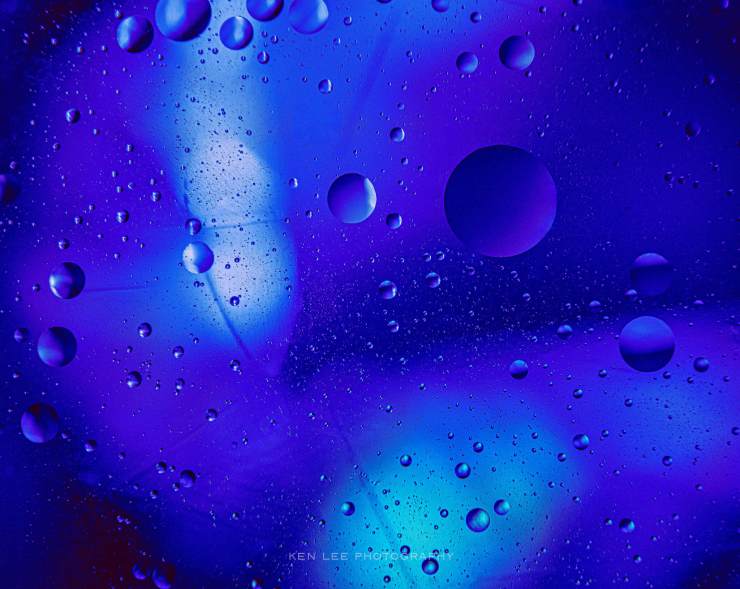
You don’t even need to leave the house! Create mind-boggling macro images from the comfort of your own home and on your own time.
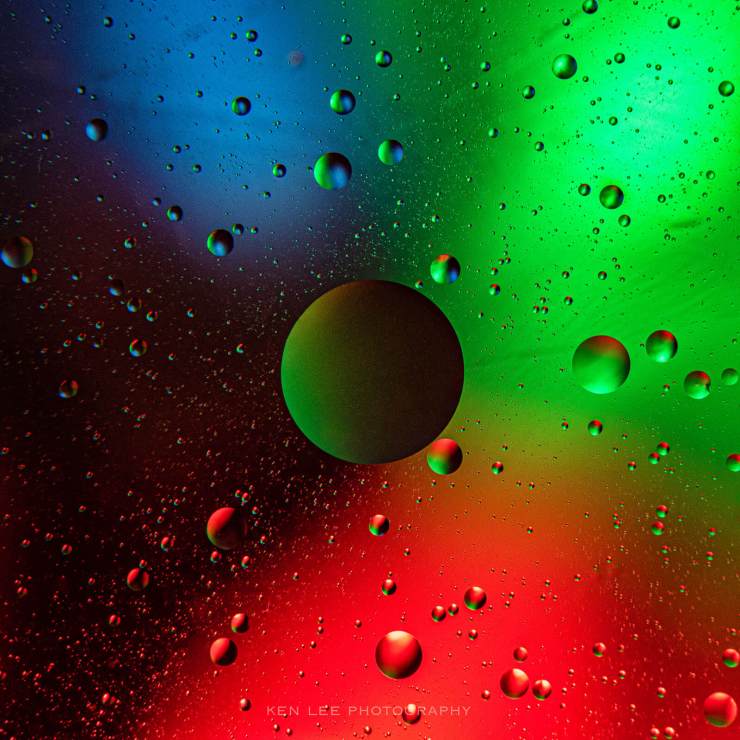
Outdoor museums
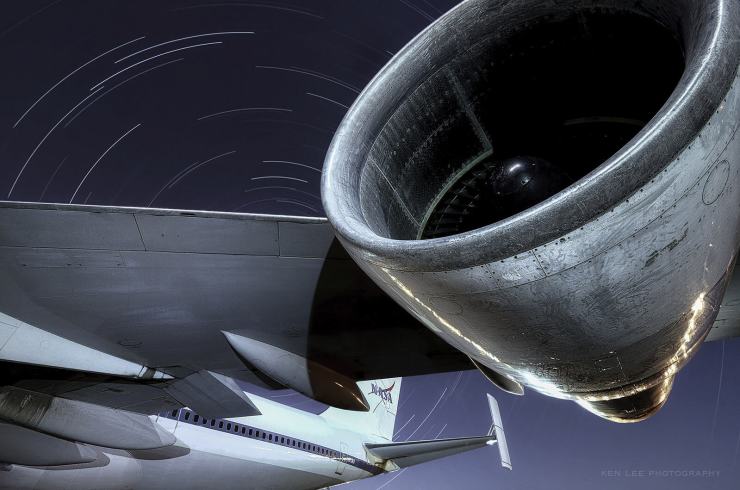
There are a lot of outdoor museums that have fascinating things, such as trains or airplanes. Go there during the day. Or make special arrangements for night photography if you can. I find that site supervisors are often amenable if you are respectful, kind and offer a print in return for access.
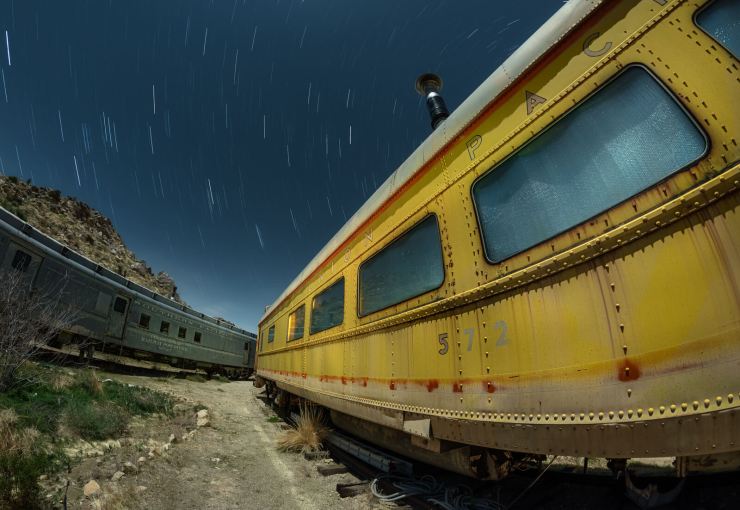
Additional thoughts on mobility friendly photography
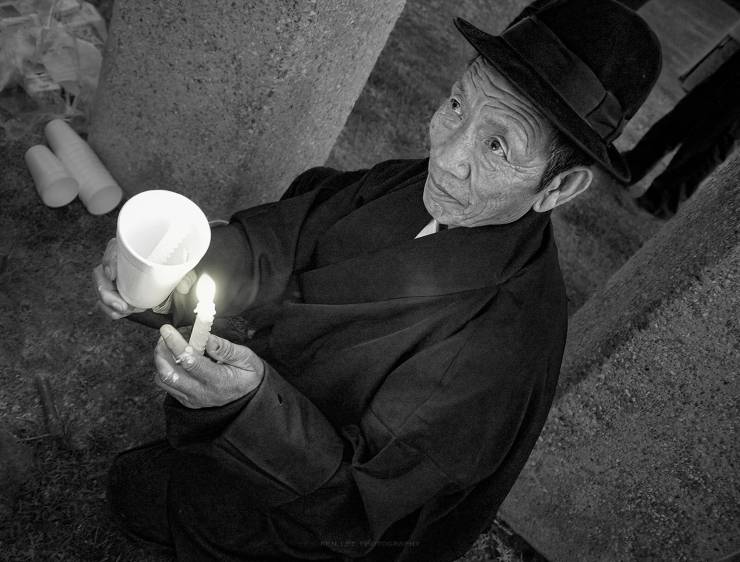
I have just scratched the surface of what you can do. There are so many more ideas. These include street photography (where patience and remaining still is often a virtue, not a detriment), farmers markets, dog parks, zoos, wildlife safaris, animal sanctuaries, light painting of interesting objects in the backyard at night, kid photos, family photos, portraits, product photography, food photography, candlelight vigils, public gatherings, and more.
I hope whether you have limited mobility or not, this article inspires you to create. If you have other ideas, please drop them in the comments!
Tell your story with the second annual Visual Storytelling Conference!
Experience four days of interactive, online training sessions featuring a range of educational content with experienced photographers and content creators. This free event kicks off with a series of technical boot camps to build essential skills, followed by live, online sessions on photography, video, business and social media. Join live from March 10-13, 2022!
